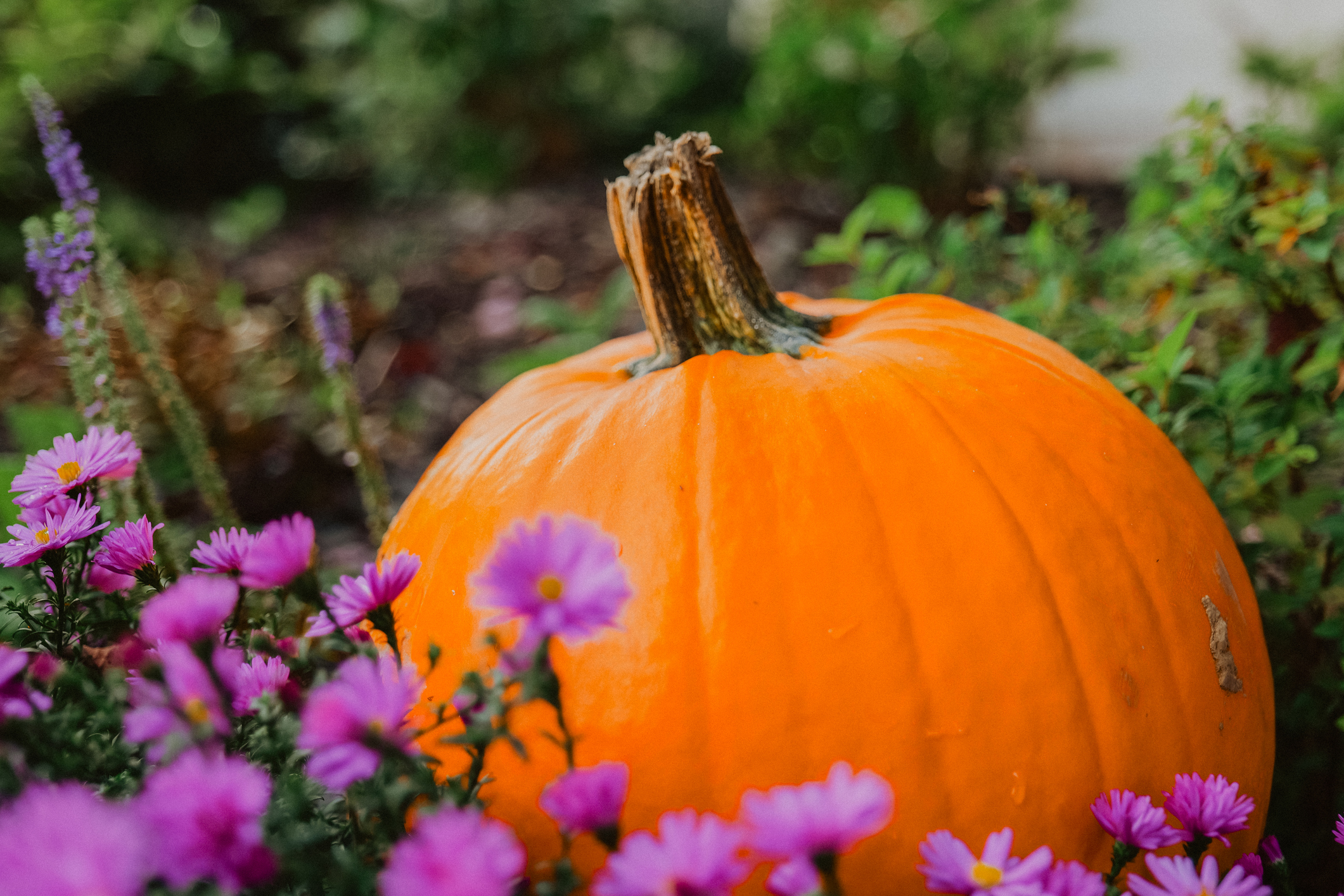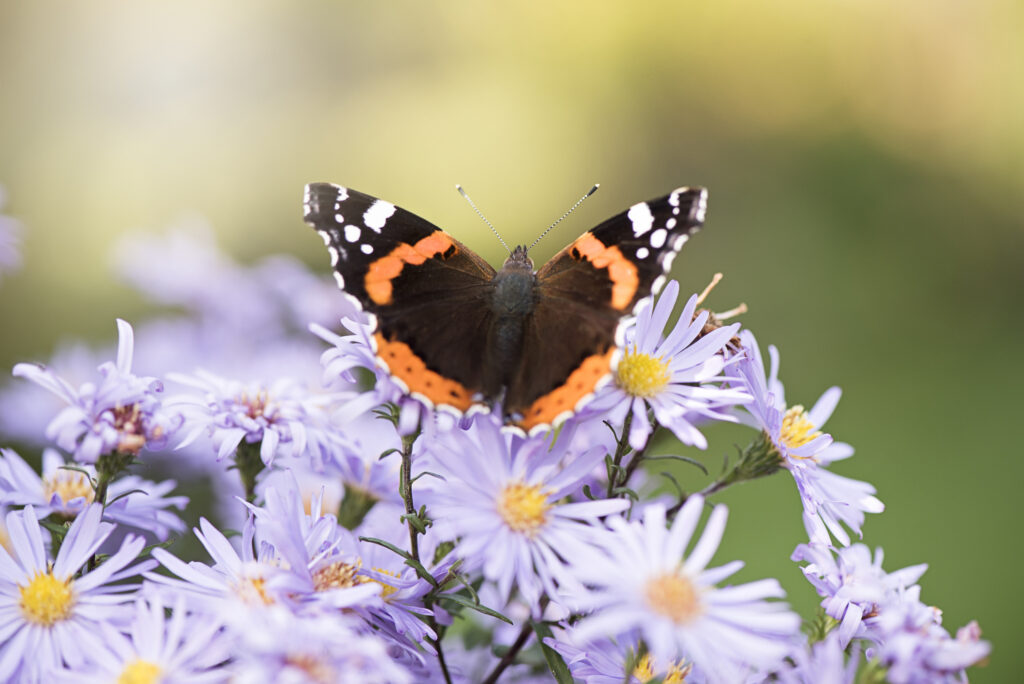Some may look forward to gardening in autumn. Crisper days, cozier mornings, and generally cooler temperatures are just a few benefits of fall gardening. But while spring and summer have a plethora of plants to choose from, what do you plant in a fall garden?
There’s actually a large selection. From seasonal classics like mums and carrots, to early spring blooms for those who like to look ahead.
But as you go about planting this season, watch out: A few garden improvements may be subject to a “fall garden tax” and increase your property tax bill.
Sign up for Kiplinger’s Free E-Newsletters
Profit and prosper with the best of expert advice on investing, taxes, retirement, personal finance and more – straight to your e-mail.
Profit and prosper with the best of expert advice – straight to your e-mail.
Here’s more of what you need to know while preparing your fall garden — and how it might affect your taxes.
Fall garden plants for 2025: What to plant in August and September
Before we get into taxes, let’s talk plants. Namely, what should you plant in August and September?
While the first day of autumn in 2025 is Monday, September 22nd, you’ll want to factor in The Old Farmer’s Almanac frost schedule when sowing.
Many quick-maturing plants require about six to eight weeks to grow before the first frost date is expected in your area.
This will likely mean you’re too late to start planting pumpkins in time for Halloween. But here are a few examples of what you may be able to plant in August or September, depending on where you live:
- Leafy greens, like lettuce, spinach, kale, and arugula.
- Root vegetables, like carrots, beets, and turnips.
- Flowers like mums, pansies, and violas.
- Other veggies like broccoli, cabbage, and peas.
You can also get a head start on early spring gardening. Perennial bulbs, such as daffodils and tulips, may be planted in September before the ground freezes.
However, various weather phenomena, including droughts, rainstorms, and early frosts, can affect your planting season, as can soil hardiness and microclimates. So you may want to chat with a gardener at your local garden store for tailored guidance.
Plant projects for the fall garden could increase property taxes
Unfortunately, what you do in the fall garden might have tax consequences.
That’s because your home’s property tax bill is assessed based on the original cost you paid for your house plus any improvements or additions (with a periodic reassessment completed by the applicable municipality).
While “improvements” are often renovations on your home’s structure, fall garden landscapes can also contribute to your overall property tax liability if they increase the assessed value of your home.
- For instance, the American Society of Landscape Architects (ASLA) reports that you can get a 15% to 20% increase on your home price through landscaping investments.*
- Investing in your landscape through fall garden projects may impact your property tax bill if your home’s value is affected.
- We refer to this phenomenon as the “fall garden tax.”

Popular fall flowers for autumn gardens include chrysanthemums, asters, goldenrod, and sedum. However, August is typically too late to start planting pumpkins.
(Image credit: Getty Images)
*Your home’s tax basis and market value are distinct concepts. However, both may be impacted by home improvements and affect the overall assessed value of your home. For more information, check out Kiplinger’s report, Tax-Deductible Home Improvements for Retirement.
Fall garden ideas and the ‘fall garden tax’
Several fall garden ideas can increase your home’s assessed value, thus potentially contributing to a higher property tax bill. Here are a few examples:
- “Hardscaping” or adding permanent structures to your fall garden, like a patio, fence, or retaining wall.
- Elaborate garden layouts, or those that include the installation of an irrigation system.
- Mature trees, particularly if they “add value” in your area. A common example of a fall garden tree is one that produces apples or pears.
Property tax assessors may look for improvements that impact the market value of the home. While the above-listed projects could increase market value, that’s not always the case, and you may want to consult with a tax professional on the specifics of your fall garden project if you think your property tax liability might be impacted.
See also: How to Reduce Your Property Tax.
Fall gardening: What should I plant in 2025?
If you want to avoid increasing your property tax bill while you focus on your fall garden, here are some tax-friendly ideas:
- Stick with seasonal annuals. Common varieties may include marigolds, pansies, mums, and sunflowers.
- Plant perennials. Aster, goldenrod, coneflowers, and phlox are popular this time of year.
- Don’t forget your decorative plants. Pumpkins, gourds, and squashes can add a pop of color, especially if most of your garden growth is underground.
Where you live can greatly impact what is considered a taxable landscaping “improvement” for property tax purposes.
For example, planting mature orange trees in Florida might increase your property tax bill in the Sunshine State, but not in, say, Colorado. So check out your neighbor’s lawn to get a slightly better idea of what could hike your home’s assessed value — you never know until you look!


